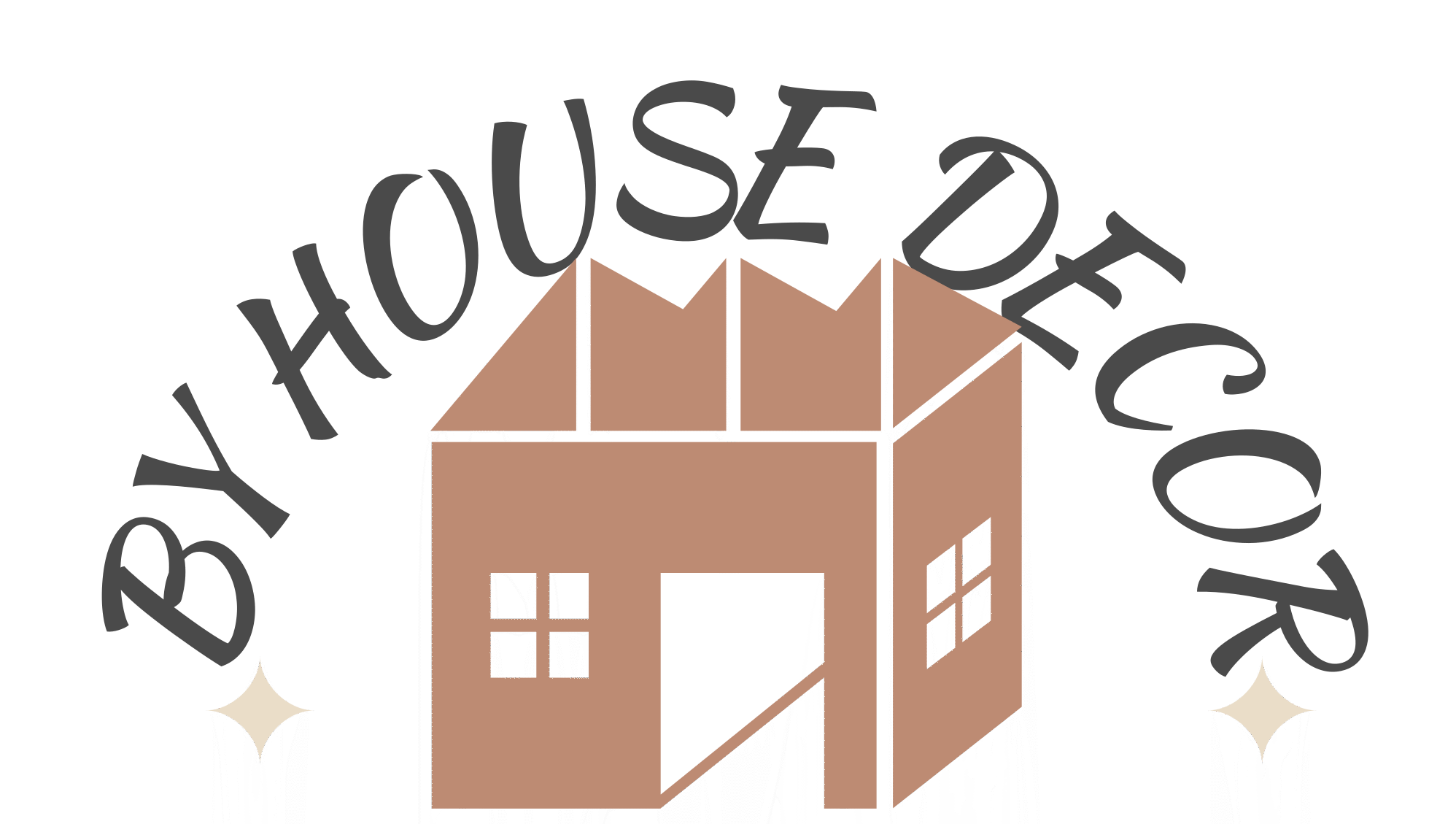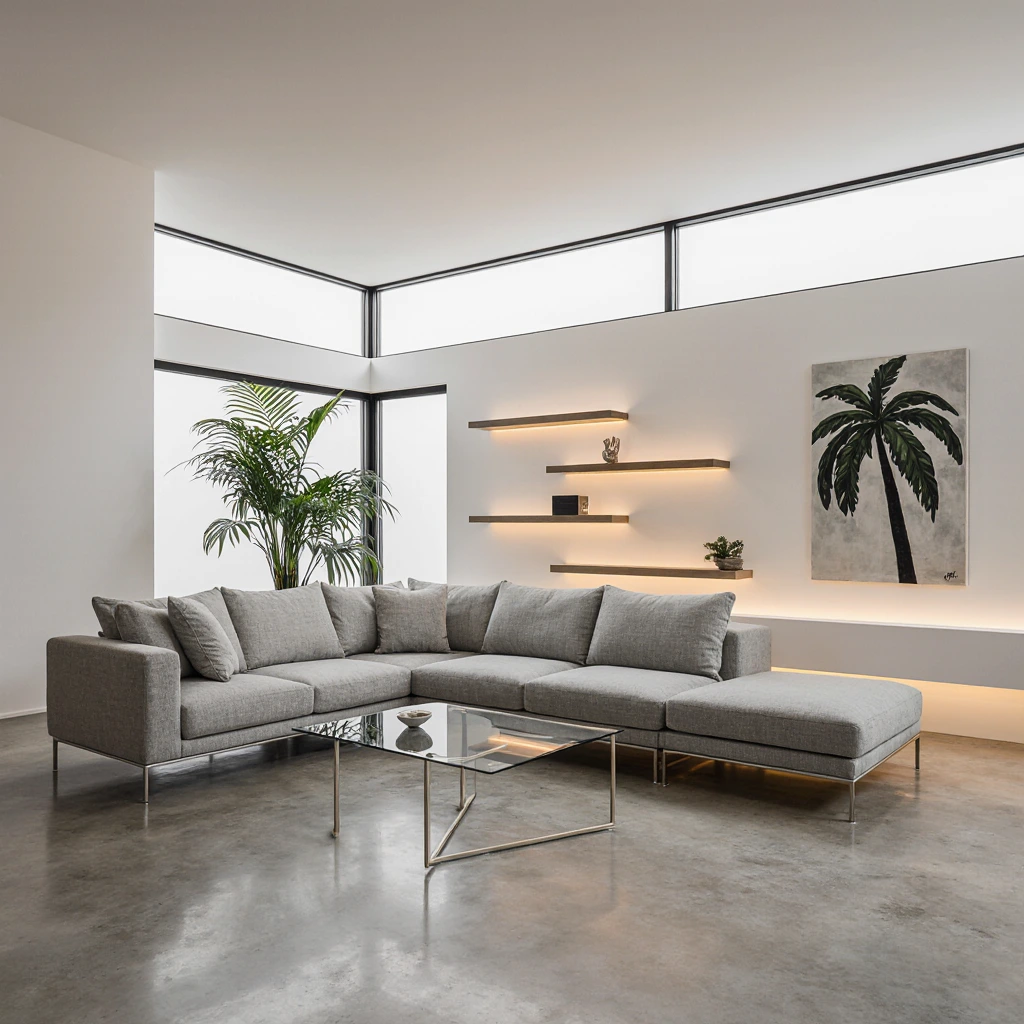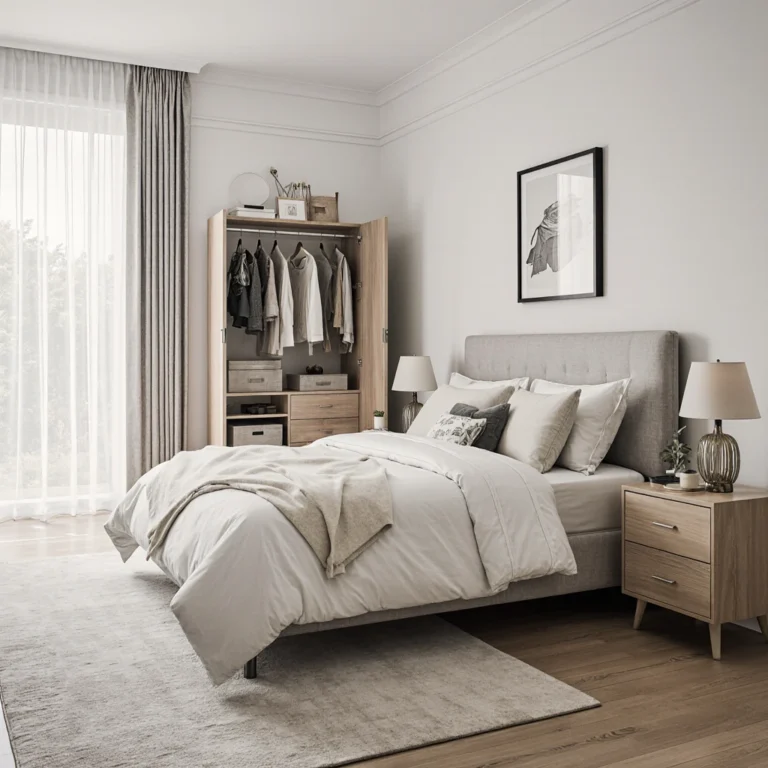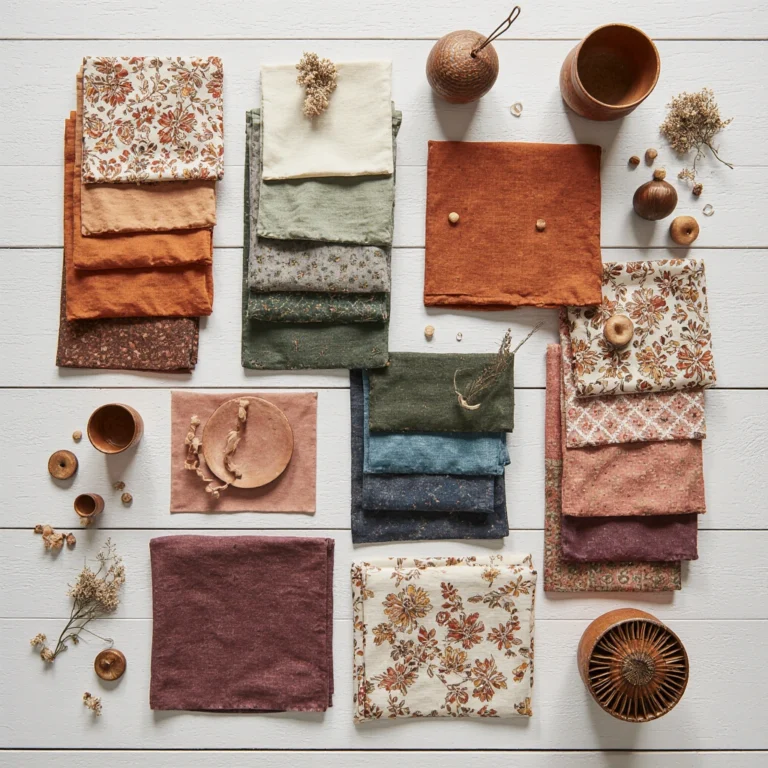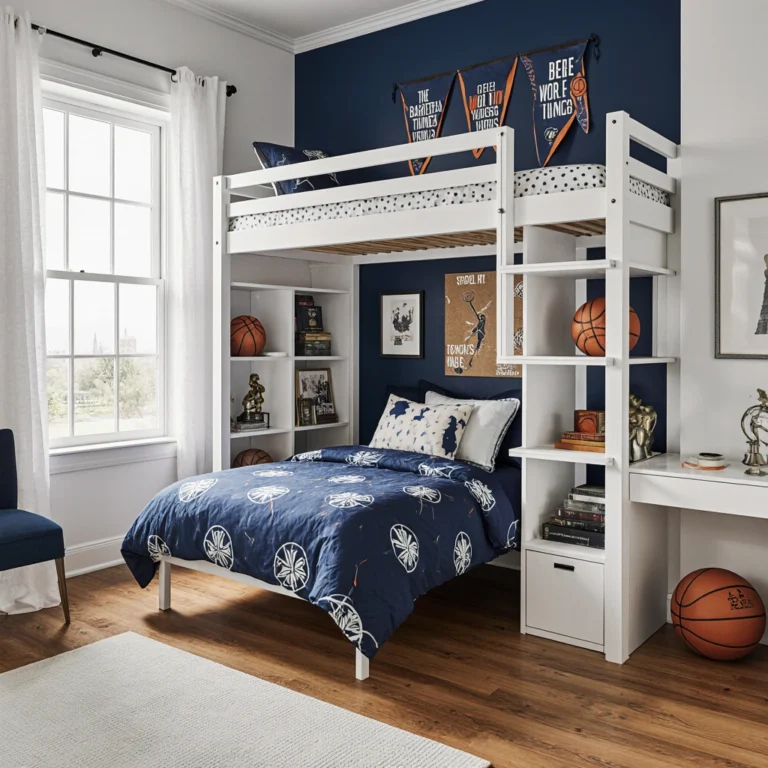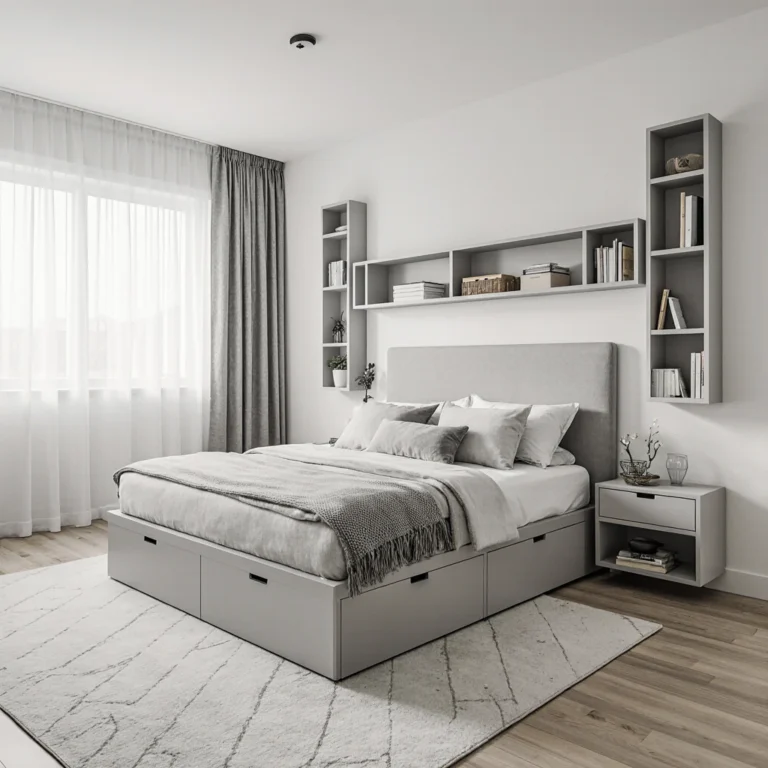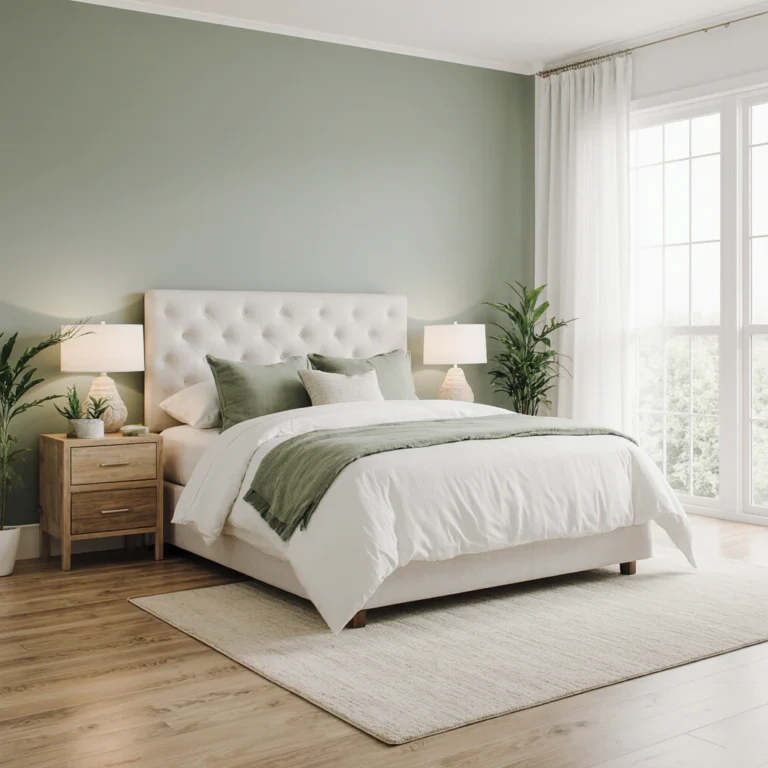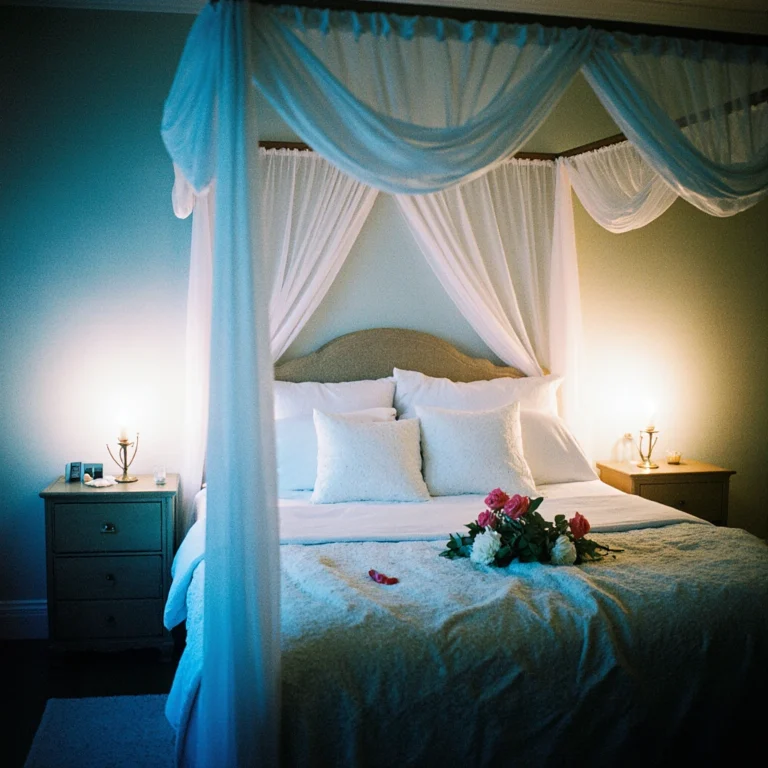Transform Your Space: 25+ Living Room Decor Ideas That’ll Add a Touch of Distinction to Your Home
Table of Contents
Living room decor ideas transform the most important gathering space in your home from ordinary to extraordinary with thoughtful design choices and thoughtful coordination. Your living room is the heart of your home; it’s where family and friends gather and memories are made daily. Whether you’re starting from scratch or want to revamp your existing space, the right decor style can create an environment that balances elegance, comfort, and functionality.
In the world of contemporary design, homeowners are looking for living spaces that reflect their personalities while maintaining timeless appeal. The challenge lies in creating a cohesive look that’s both modern and timeless, sophisticated yet welcoming. This comprehensive guide will walk you through proven strategies, contemporary styles, and practical solutions to help you achieve the living room of your dreams.
Understanding Popular Living Room Design Styles
Modern Minimalist Living Rooms
Modern minimalist design continues to dominate contemporary living room decor ideas, emphasizing clean lines, neutral colors, and purposeful simplicity. This style emphasizes quality over quantity, featuring carefully selected furniture pieces that combine form and function.
Key elements include streamlined sofas in neutral colors, geometric coffee tables, and thoughtful use of empty space. The color palette typically revolves around white, gray, and earthy tones, with occasional pops of color through artwork or statement pieces.
To achieve this look, invest in high-quality statement pieces rather than filling the space with multiple pieces. Choose furniture with a sleek design and avoid ornate details that can create visual clutter.
Scandinavian-Inspired Comfort
Scandinavian design combines the concept of “hygge” (relaxed comfort) with practical beauty, making it one of the most popular living room decor ideas for families. This style focuses on natural materials, light woods, and cozy textiles that create a warm atmosphere year-round.
Key elements include light wood furniture, soft blankets, sheepskin rugs, and ample natural light. The color palette focuses on white, cream, and light gray, with natural wood accents and occasional muted colors.
Add this style to blond wood coffee tables, cream sectional sofas, and layers of textural elements like knitted throws and linen pillows.
Eclectic Bohemian Charm
For those who love spaces that showcase their personality, bohemian living room decor ideas offer limitless creative expression through mixed patterns, rich fabrics, and treasures gathered from travel and experiences.
This style celebrates layering—think Persian rugs layered over wooden floors, macramé wall hangings, vintage furniture mixed with global textiles, and an abundance of plants. A color scheme can be bold and diverse, combining jewel tones, earth tones, and metallic accents. Start with a neutral base, then gradually add colorful elements through pillows, artwork, and decorative pieces that reflect your personality.
Make the Most of Space and Comfort in Your Living Room
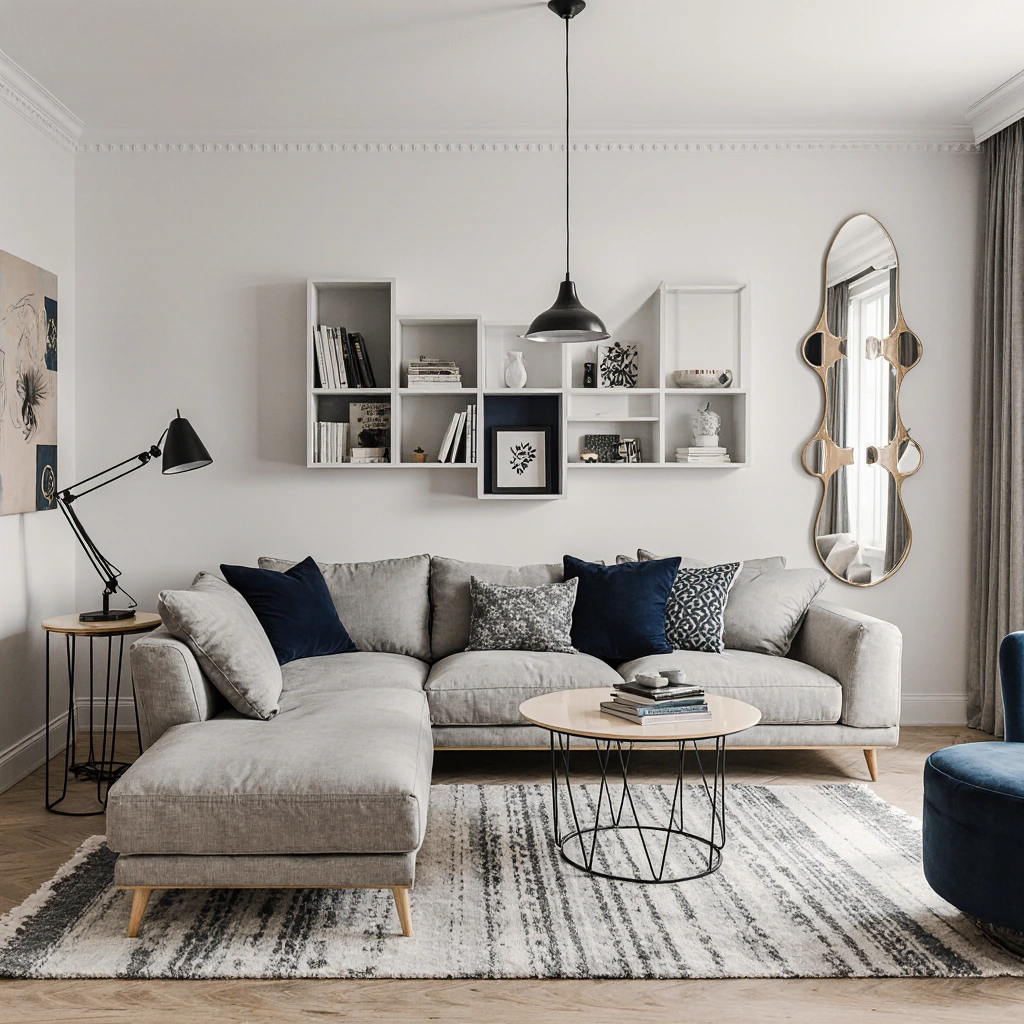
Strategic Furniture Placement
Effective furniture arrangement is the foundation of successful living room decor ideas, regardless of the size of your space. Start by identifying the focal point of your room—usually a fireplace, a large window, or an entertainment nook—and arrange seating to face that point.
Create conversation spaces by placing seating pieces 8-10 feet apart. This distance allows for comfortable conversation without shouting across the room. In small spaces, consider placing furniture away from the walls to create the illusion of more space.
Use rugs to define different areas within open-plan layouts, helping to create visual separations between living rooms, dining rooms, or reading nooks.
Multifunctional Storage Solutions
Modern living rooms require smart storage that doesn’t compromise style. Ottomans serve as seating and hidden storage for blankets, toys, and seasonal items. Built-in shelving units display decorative pieces while also storing books, electronics, and personal items.
Consider furniture pieces that serve dual purposes: coffee tables with drawers, console tables with shelves, or sofas with built-in storage. These solutions are especially valuable in small living spaces where every square foot counts.
Wall-mounted floating shelves keep floor space open while providing display and storage opportunities at eye level.
Flexible Layout Design
Design your living room to accommodate various activities and group sizes. Modular seating arrangements allow you to redesign the space for movie nights, large gatherings, or intimate conversations.
Lightweight chairs can be easily moved to create extra space when needed. Nesting tables provide a flexible surface area that can be separated during parties or folded for everyday use.
Consider the flow of traffic in your living room and ensure clear aisles that don’t obstruct conversation areas or viewing nooks for entertaining.
Color Palettes That Promote Relaxation and Harmony
Neutral Color Strategies
Neutral color schemes form the foundation of timeless living room decor ideas, allowing flexibility for seasonal updates and self-expression through accessories. Start with warm white or soft gray for walls, then add layers of different hues to furniture and textiles.
Beige, cream, and taupe shades add warmth without overwhelming the space, while cool grays and whites add a more contemporary feel. These neutral bases allow artwork, plants, and decorative pieces to take center stage.
Pay attention to the underlying tones of your chosen neutrals—warm tones (yellow, red, orange) create a cozy atmosphere, while cool tones (blue, green, purple) create a lively and modern feel.
Add Depth with Accent Colors
Once you’ve established your neutral foundation, use accent colors that reflect your personality and desired mood. Dark blue adds a touch of sophistication and pairs beautifully with copper accents. Forest green creates a natural calm, especially when paired with natural wood elements.
The 60-30-10 rule provides a foolproof approach: 60% neutral base color, 30% accent color, and 10% bold accent color. This achieves visual balance while allowing for personal expression.
Seasonal color updates through throw pillows, blankets, and artwork bring a fresh touch to your space without requiring major furniture or paint changes.
Color Psychology in Living Spaces
Different colors evoke specific emotional responses, making color selection crucial to creating the desired atmosphere. Blue promotes calm and reduces stress, making it an excellent choice for relaxing living rooms.
Earth tones, such as terracotta red, ochre, and dark brown, create a sense of stability and warmth and are ideal for family gatherings. Calming shades of green connect us to nature and promote balance and harmony.
Avoid overly bright colors and use them instead as accent elements to enliven a space without causing visual fatigue.
Lighting Ideas for a Perfect Atmosphere
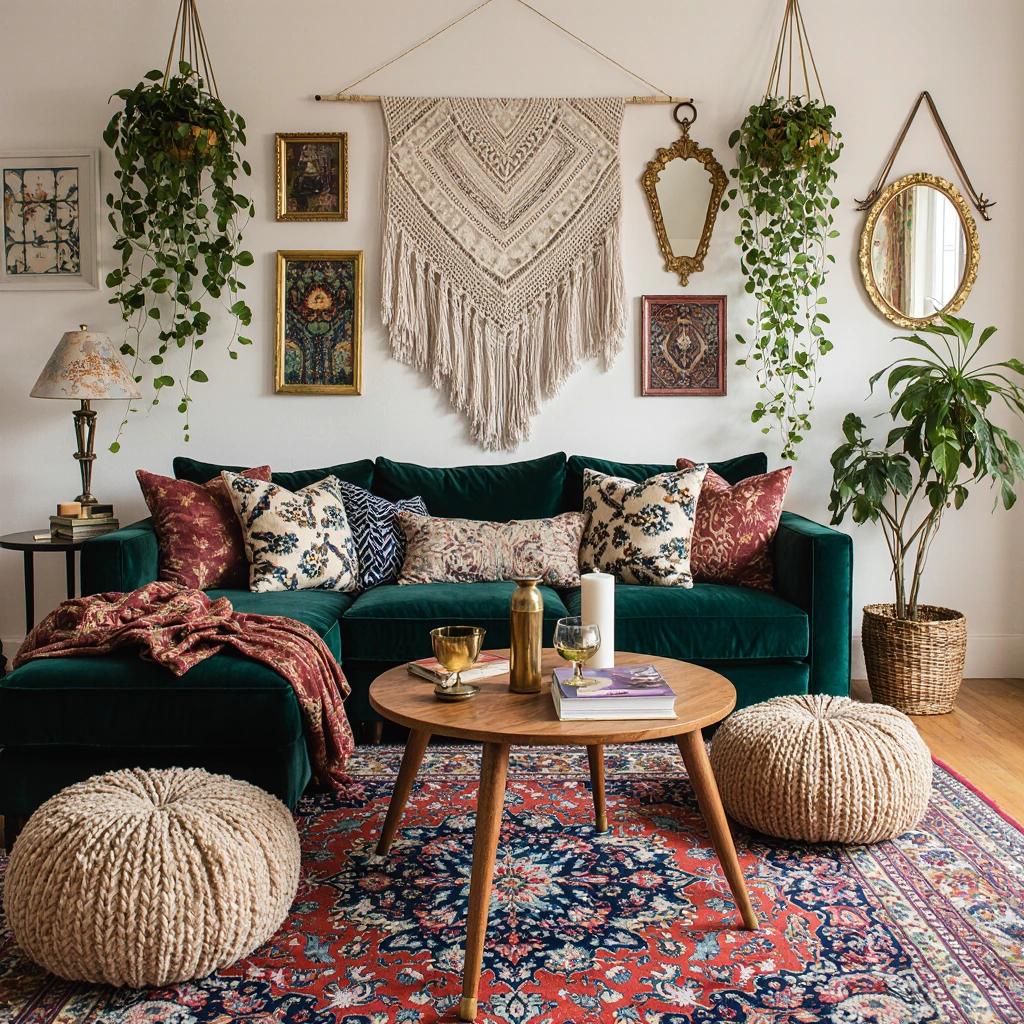
Layered Lighting Style
A successful living room lighting style combines three distinct layers: ambient (general), functional (functional), and accent (decorative). This style ensures your space functions efficiently at any time of day while creating an eye-catching atmosphere.
Ambient lighting provides overall illumination through overhead lighting fixtures, recessed lamps, or large table lamps. Fixture lighting includes reading lamps, desk lamps, or pendant lights above specific activity areas. Accent lighting highlights artwork, architectural features, or creates atmosphere with candles and string lights.
Light control switches in overhead lighting fixtures allow you to adjust brightness levels throughout the day, transitioning from bright family time to a warm evening atmosphere.
Improve Natural Lighting
Make the most of natural light by keeping window shades simple and functional. Sheer curtains or light-blocking blinds provide privacy and allow sunlight to illuminate your space throughout the day.
Place mirrors strategically to reflect natural light deeper into the room. Large mirrors opposite windows can almost double the perceived light in dark spaces.
Pay attention to the orientation of your windows—south-facing rooms receive consistent light throughout the day, while north-facing spaces may need additional warm artificial light to feel welcoming.
Distinctive Lighting Units
Lighting units are functional pieces of art in modern living room decor ideas. Large pendant lights or distinctive chandeliers create focal points while providing the necessary illumination.
Table lamps with distinctive bases or unique shades add a distinctive touch to side tables and console surfaces. Floor lamps with adjustable heads provide flexibility for reading or highlighting specific areas.
Edison bulbs, geometric pendant lamps, and sculptural floor lamps can enhance your chosen design style while providing essential lighting functions.
Common Living Room Design Mistakes and How to Avoid Them
Problems with Size and Proportion
One of the most common mistakes in living room design is choosing furniture that doesn’t fit the dimensions of the room. Large sections can overwhelm small spaces, while small pieces get lost in large rooms.
Carefully measure your space before purchasing furniture, and use tape on the floor to determine the dimensions of the furniture. This helps you visualize how the pieces will fit and coordinate with your room.
Consider ceiling height when choosing artwork and lighting. Rooms with high ceilings accommodate larger artwork and attractive lighting, while standard ceiling heights require more proportional options.
Ignore Traffic Flow
Obstructing natural walkways can be frustrating and make spaces feel cramped, regardless of their actual size. Plan furniture placement so that pathways remain clear between entrances, seating areas, and other rooms.
Leave at least 1 meter of clearance for main hallways and 18 inches between furniture pieces to ensure comfortable movement. This is especially important in open-plan layouts where living rooms connect to dining rooms or kitchens.
Test your design by walking around the space before finalizing furniture placement and making adjustments to improve the flow and efficiency of the space.
Inadequate Lighting Planning
Relying solely on overhead lighting creates harsh shadows and lacks the warmth needed for comfortable living spaces. Single light sources can make rooms feel flat and uninviting.
Plan multiple light sources at varying heights throughout the room. Combine overhead lighting, table and floor lamps, and accent lighting to create layers of light.
Think about the activities you do in your living room—reading, watching TV, entertaining—and make sure you provide appropriate lighting for each activity.
Neglecting Personal Expression
While following design trends may inspire you, creating a space that doesn’t reflect your personality can feel like a showroom, lacking warmth and character.
Add unique personal touches, family photos, artwork, and collections that express your personality. These personal touches make spaces feel authentic and welcoming to family and guests alike.
Balance contemporary elements with timeless pieces and personal treasures to create a space that feels modern and unique.
Realizing Your Vision
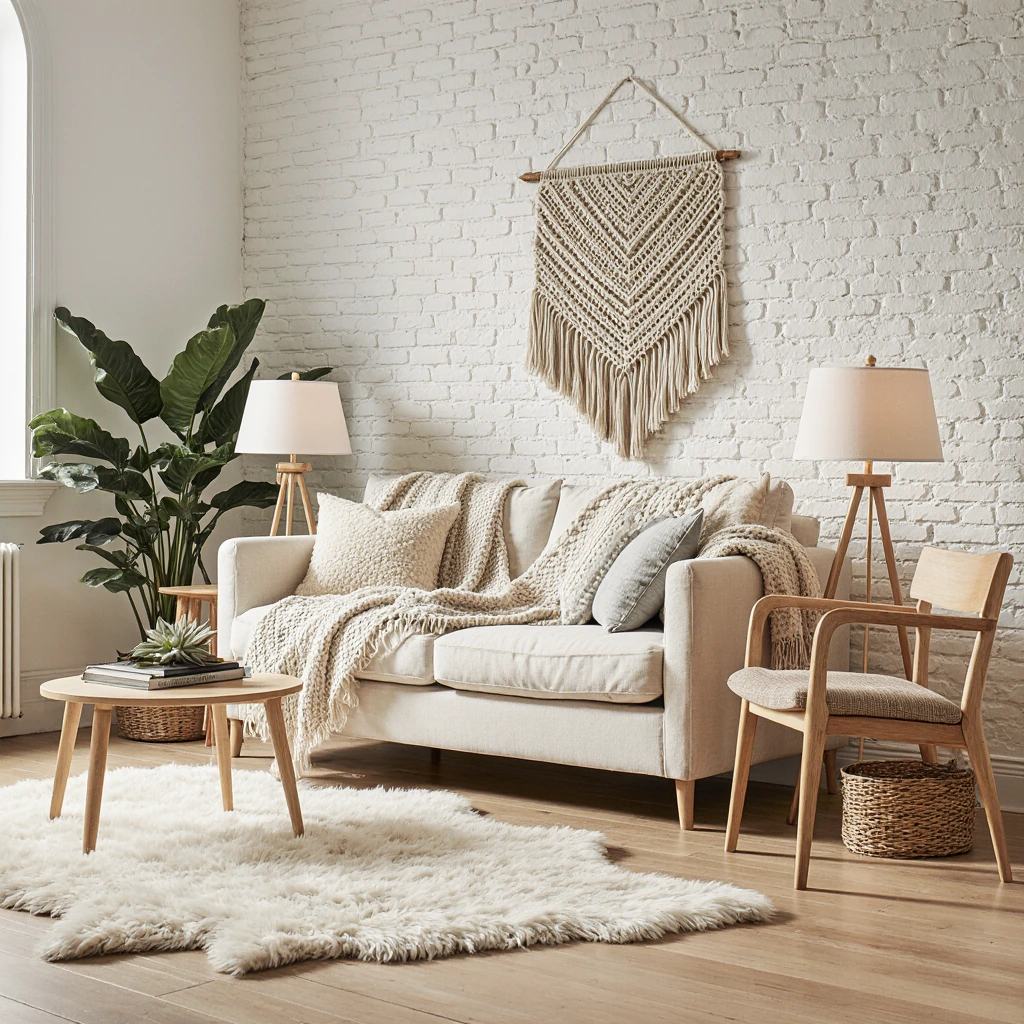
Budget-Friendly Execution
Transform your living room without breaking the bank by prioritizing the important changes first. Fresh paint, new throw pillows, and strategic lighting updates can drastically change the look of your space on a budget. Shop thrift stores, online marketplaces, and clearance stores for high-quality pieces at discounted prices. Focus on investing in essential pieces like sofas and rugs, and save on accessories and decorative items.
DIY projects like painting furniture, creating artwork, or sewing custom pillowcases allow you to customize your decor while keeping a tight budget in mind.
Timeline and Planning
A successful living room renovation requires careful planning and realistic timelines. Start with structural elements like paint and flooring, then move to key furniture pieces, and finish with accessories and decorative pieces.
Create a prioritized list of changes, focusing on the most impactful items first. This approach allows you to enjoy the improvements as they are completed rather than waiting for the entire project to be completed.
Allow your schedule flexibility for unexpected discoveries or changes in your preferences as your vision evolves throughout the process.
Ultimately, your living room decor ideas should create a space that reflects your lifestyle while providing comfort and practicality for everyday living. By combining thoughtful design principles with personal expression, you can create a living room that’s the perfect backdrop for life’s important moments.
Whether you prefer understated sophistication, bohemian creativity, or classic traditional style, the key is to create a cohesive vision that balances aesthetic appeal with practicality. Remember, great design doesn’t mean adhering to strict rules; it means creating spaces that make you and your loved ones feel completely at home.
Ready to transform your living room into the space of your dreams? Start by choosing one element from this guide—perhaps a new color palette or lighting strategy—and begin implementing your vision today. We’d love to hear about your decorating journey and see your photos in the comments below!
Best Amazon Picks :
FAQs
Q: How do I choose the right rug size for my living room?
A: Your area rug should be wide enough to support all the front legs of your furniture, or at least the front legs of your sofa and chairs. For most living rooms, an 8×10 or 9×12 rug will work. In small spaces, a 5×8 rug can define the seating area without overwhelming the room.
Q: What is the ideal distance between a coffee table and a sofa?
A: Maintain a distance of 14-18 inches between the coffee table and the sofa. This provides enough room to walk around comfortably while keeping drinks and books within easy reach of the seating area.
Q: What’s the best way to arrange furniture in a small living room?
A: In small spaces, move furniture away from the walls, use versatile pieces, and create vertical storage solutions. Consider a double sofa instead of a full sofa, use ottomans as extra seating, and choose glass or Lucite furniture to maintain an open visual space.
Q: What is the appropriate height to hang artwork above my sofa?
A: Hang artwork so that its center is 57-60 inches from the floor, or 6-8 inches above the back of the sofa. For gallery walls, maintain 2-3 inches of space between frames, and ensure the overall arrangement looks balanced and in proportion to your furniture.
Ready to start your living room makeover? Sign up for our newsletter to receive weekly design tips, exclusive decorating guides, and inspiration delivered straight to your inbox. Share your living room makeover photos with us on social media using #MyLivingRoomMakeover—we feature our favorites every month!
